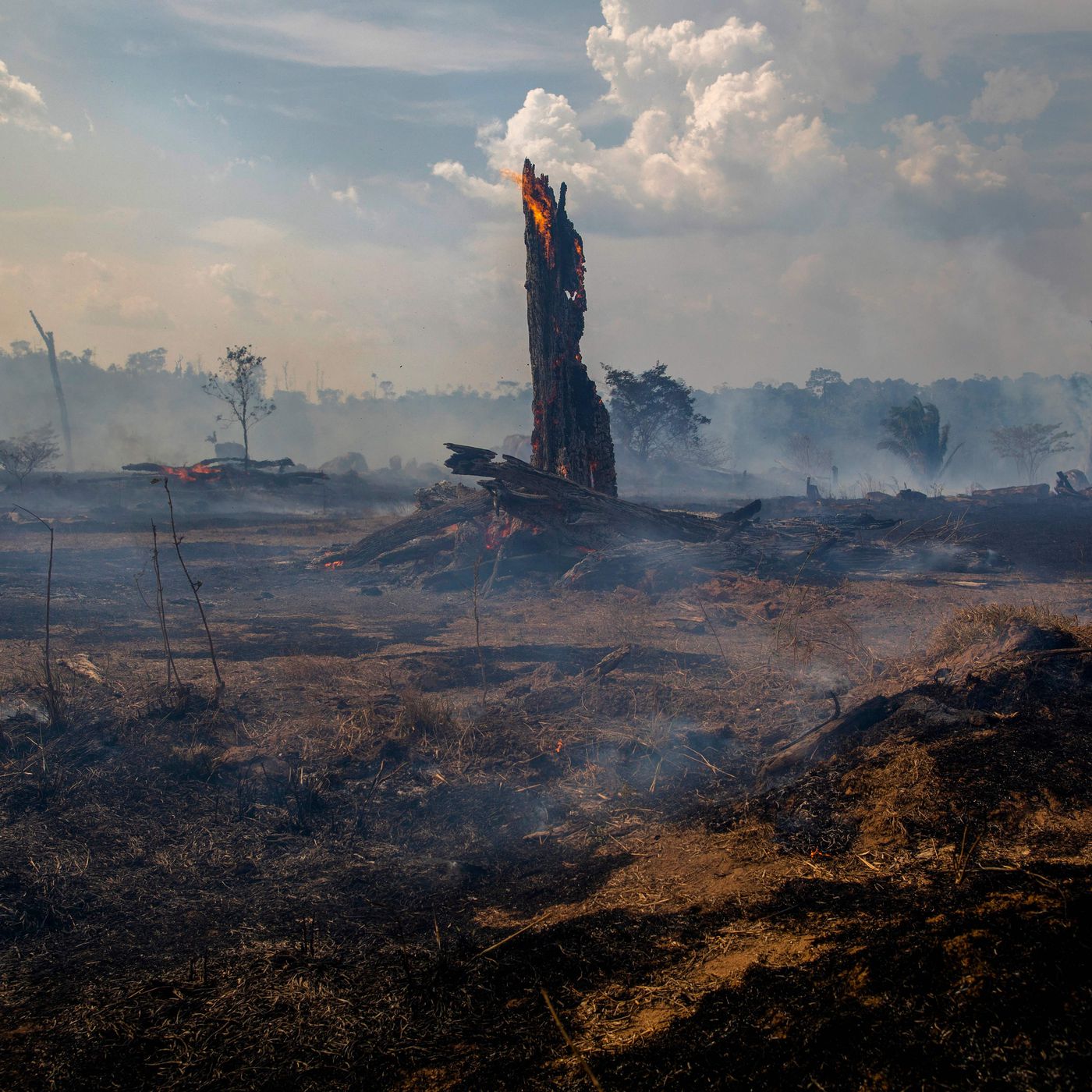A year ago’s mammoth out of control fires in the Amazon, Indonesia, and the Arctic Circle set off a worldwide discussion about the ecological and financial results of environmental change. So it was with stun and still-crude feeling that, as 2020 started, the world assimilated the pictures of Australia’s staggering shrubbery fires.
These gigantic bursts—some the size of a little nation—aren’t simply obliterating local woodlands and helpless creature species. They’re likewise discharging billions of huge amounts of ozone depleting substances into the climate, possibly quickening an unnatural weather change and prompting significantly more flames.
Complete carbon discharges from woods fires in 2019 weren’t oddly high contrasted and earlier years’ tallies. They rose a year ago by 26%, to 7.8 billion metric tons, the most elevated since 2002, as indicated by the Global Fire Emissions Database (GFED). In any case, by and large they’ve been declining since the start of the century.
While discharges from flames have been going down, all out human-produced outflows have been going up considerably more rapidly. Flames were answerable for as much as a fifth of the 36.8 billion tons of carbon discharged a year ago from copying petroleum products, down from about a quarter toward the start of the century.
Emanations from flames expanded a year ago from 2018 and 2017 levels, “but it was still a fairly average year,” says Mark Parrington, a senior scientist at Copernicus. “What seemed to stand out was the unusual fire activity in places where we didn’t necessarily expect to see fire, or so much fire.”
All in all, researchers concur that a worldwide temperature alteration will bring about more fierce blazes. The central issue presently is whether a year ago’s spike is a one-time result or the beginning of another pattern.
In Australia, savannas, prairies, and open forests consume each year. Be that as it may, a year ago’s shrubbery fires were exceptional, particularly in light of the fact that the pace of obliteration in the southeast, which is loaded with mild woodlands that don’t normally consume, far surpassed the standard. As per scientists at Vrije Universiteit Amsterdam, about portion of Australia’s carbon outflows during this fire season originated from the southeast.
Carbon emanations from flames are regularly reabsorbed a couple of years after the fact when grasses regrow, says Rebecca Buchholz, a researcher at the National Center for Atmospheric Research in Boulder, Colo. In any case, this year that cycle “might be being pushed out of equalization,” they includes.
Indeed, even places like the Arctic Circle experience customary pulverization from rapidly spreading fires. Be that as it may, higher temperatures and less downpour are making them bigger, progressively regular, and harder to smother.
What made 2019 exceptional wasn’t the general number of flames, or absolute fire outflows, however where they occurred and how extraordinary they were. Researchers were confused to record fires consuming in certain pieces of Siberia and Alaska for longer than they’d at any point seen.
The Amazon rainforest—which straddles various South American nations, including Brazil, Bolivia, and Peru—encounters regular out of control fires, which are now and then connected to rural exercises. In spite of the fact that it saw a bigger number of flames a year ago than in 2018, its 2019 discharges were still not exactly a large portion of the degrees of 2004, 2005, 2007, and 2010.
Indonesia’s case was uncommon in that flames began consuming there with greater power in September, halfway through the conventional fire season. This demonstrates a large number of these flames were begun purposely to clear land for farming, especially paper and palm oil, as indicated by Copernicus.
Researchers were frightened on the grounds that what was consuming in Indonesia included woodlands, yet in addition peat, which can seethe underground at extremely low temperatures. It makes fires hard to quench and practically difficult to recognize from satellite pictures, thus making it hard to precisely figure CO2 emanations. To exacerbate the situation, peat fires discharge carbon that has been put away underground for a huge number of years.
Indeed, even as people and governments around the globe are awakening to the promptness of environmental change, ozone harming substance emanations from human exercises, for example, transport and industry are at notable highs. On Jan. 8, Copernicus announced 2019 the second-most sweltering year on record, short of what one-tenth of a degree Fahrenheit behind 2016.
Such conditions are making the alleged fire climate—high temperatures, solid breezes, low dampness—liable to happen all the more regularly, researchers state. “The predictions were already there,” Parrington says of last year’s fire season. “We already had studies showing if it becomes drier and hotter in places like the Arctic, at some point there will be fires on a bigger scale than we’ve seen in a long time.”
The first Daniel Potter store was opened in 1994 in Oxford Street,London, and there are now 11 stores throughout England, Scotland and Wales. The first Australian Daniel Potter concession opened in a Sydney Myer store in November 2016
Disclaimer: The views, suggestions, and opinions expressed here are the sole responsibility of the experts. No Gazette Maker journalist was involved in the writing and production of this article.

